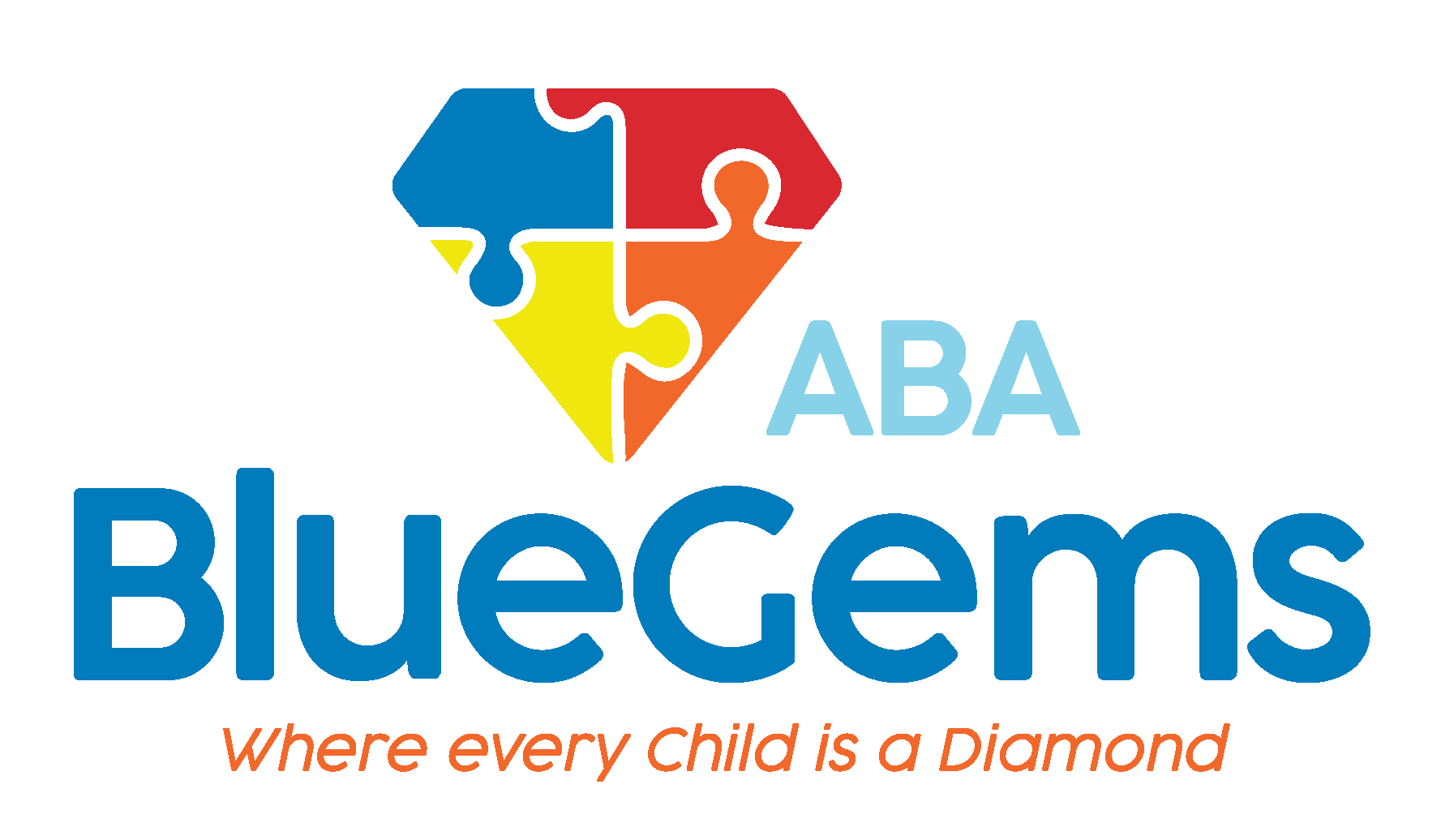Differentiating Between Problem Behavior and Challenging Behavior
In Applied Behavior Analysis (ABA) therapy, differentiating between Problem Behavior and Challenging Behavior is very important. Although these terms are often used interchangeably, they have distinct meanings in the context of ABA therapy. In this blog, we will explore the differences between problem behavior and challenging behavior, and how they are addressed in ABA therapy.
Problem Behavior:
Problem behavior refers to any behavior that interferes with an individual’s ability to learn, engage in social interactions, or participate in activities of daily living. Problem behavior is often repetitive and may serve a specific function, such as attention-seeking or escape from a task. Examples of problem behavior include aggression, self-injury, and disruptive behavior.
Challenging Behavior:
Challenging behavior refers to any behavior that is difficult for an individual to engage in or that may lead to negative outcomes. Challenging behavior may include behaviors that are socially inappropriate or that interfere with an individual’s ability to learn or engage in activities. Examples of challenging behavior include refusal to comply with instructions, noncompliance, and task avoidance.
The Difference between Problem Behavior and Challenging Behavior:
The key difference between problem behavior and challenging behavior is the function they serve. Problem behavior is often maintained by social or environmental reinforcement, whereas challenging behavior is often maintained by internal factors such as anxiety, fear, or lack of motivation.
How Problem Behavior and Challenging Behavior are Addressed in ABA Therapy:
ABA therapists use different strategies to address problem behavior and challenging behavior in therapy. For problem behavior, ABA therapists use functional assessment to identify the specific function of the behavior and develop an individualized behavior intervention plan (BIP) that teaches alternative behaviors to replace the problem behavior. The BIP includes strategies such as positive reinforcement, extinction, and prompting.
For challenging behavior, ABA therapists use behavioral skills training (BST) to teach individuals how to engage in the desired behavior. BST involves breaking down the behavior into smaller, more manageable steps and teaching each step using prompting and reinforcement. ABA therapists may also use motivational strategies such as token economy or social reinforcement to encourage individuals to engage in the desired behavior.
In conclusion, problem behavior and challenging behavior are distinct concepts in ABA therapy. While problem behavior is often maintained by social or environmental reinforcement, challenging behavior is often maintained by internal factors such as anxiety or fear. ABA therapists use different strategies to address problem behavior and challenging behavior, including functional assessment, behavior intervention plans, and behavioral skills training. By addressing both problem behavior and challenging behavior, individuals receiving ABA therapy can make meaningful progress towards their goals.
Here are some articles on behaviors in regard to children with autism.
For any additional information, please feel free to contact us.




